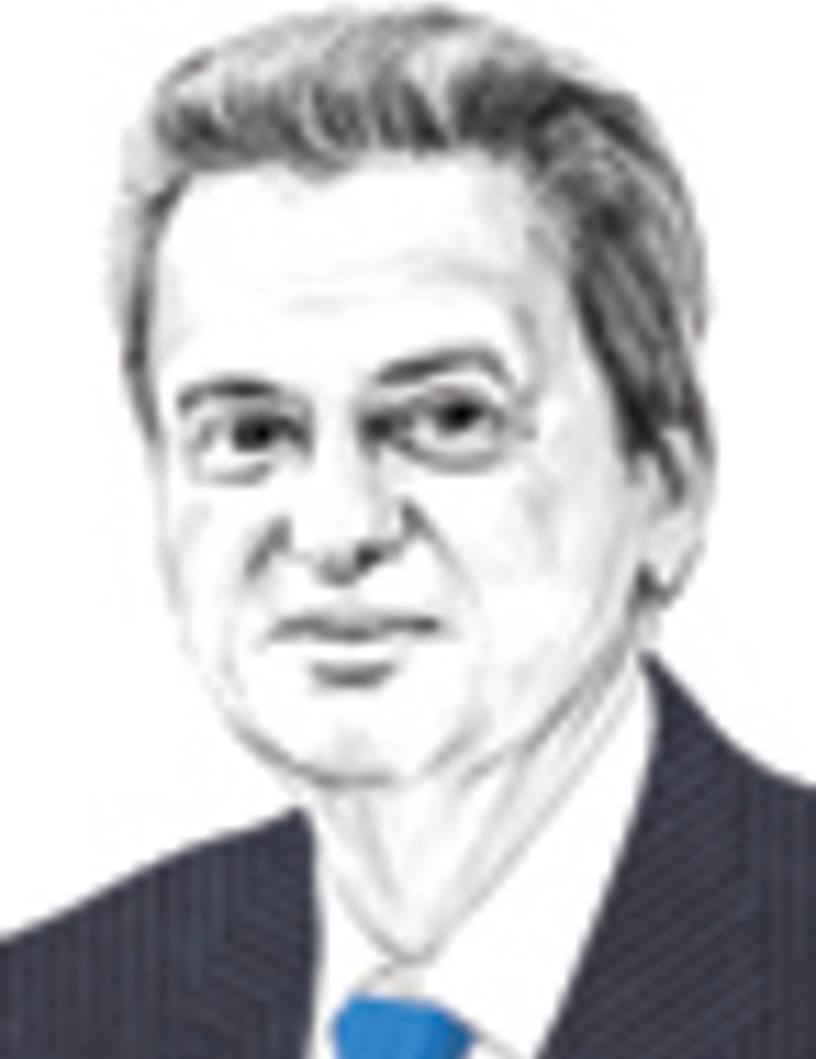The conflict in Syria and the unrest more widely found in the Arab world has had a widespread impact on Lebanon’s economy. Our real economic growth rate of 2% needs to be seen in the context of the wider security crisis. Prior to the Syrian war, Lebanon’s economy was growing at an average annual rate of 8%. The decline in growth is putting pressure on the general finances of the country and the ratio of debt to gross domestic product [GDP] has been rising after a period of continuous decline.
Debt is expected to rise again in 2015 by about $4bn. The debt-to-GDP ratio has risen from 130% to about 143% and we cannot give any forecast on the future growth rates as security and political events are so unpredictable, but the International Monetary Fund [IMF] expects growth of 2.5% for 2015. Our inflation rate is about 4%.







